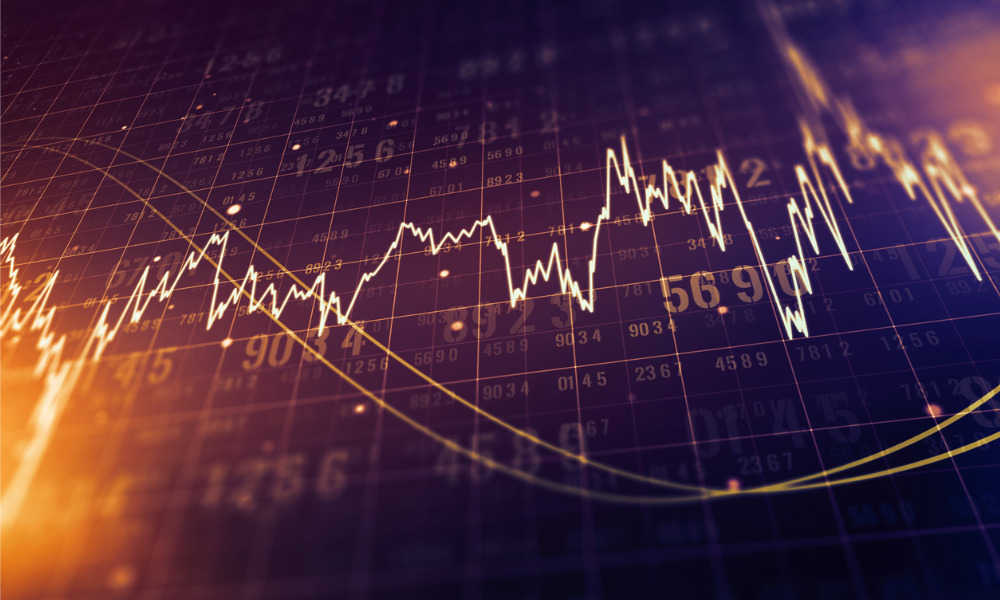Lack of options to hedge exposes frontier-market investments to potentially outsized risks

Traditionally, the promise of investing in emerging markets and frontier markets has been one of higher returns in exchange for higher risk. But because of a quirk in international investment, that rule may not hold so well.
“[M]y look at the data for this sector shows that more often than not, the riskier the country’s stocks, the lower the long-run returns,” said Derek Horstmeyer, associate professor of finance at George Mason University’s Business School, in a column for the Wall Street Journal.
Horstmeyer said his analysis of returns and volatility data focused on emerging markets and frontier markets for which there are at least 20 U.S.-listed dollar-denominated funds. Using that screen, he was able to capture most countries that are considered to be emerging or frontier markets, but did not include Argentina, Malaysia, and Pakistan.
“Over the past 10 years, the two countries with the best performance of funds specific to them were Taiwan and Thailand,” he said. Aside from generating annualized returns of 9.1% and 6.7%, respectively, he said the two countries had among the lowest-volatility funds associated with them, with 17.3% volatility for Taiwan and 19.9% volatility for Thailand over the 10-year period, respectively.
At the bottom of the ladder, meanwhile, sat Turkey and Brazil. During the same 10-year period, the funds associated with the two countries saw averaged annualized returns of -5.5% and -5.1%, respectively, with volatility measured at 31.4% and 29.8%.
But whether they invested in the top- or bottom-performing members of Horstmeyer’s sample population, emerging-market fund investors would have been disappointed had they looked at the broad U.S. stock market. Over the 10-year period studied, the S&P 500 logged an annualized return of 15.1%, with a volatility of 13.8%.
“Much of the blame goes to the underlying currency risk, or exchange-rate risk, for U.S.-based investors in frontier- and emerging-markets funds,” he said. Because most companies operating in a certain country have a significant portion of their earnings denominated in the local currency, U.S.-dollar based investments in those issuers will be considerably exposed to exchange-rate fluctuations. A fall in the value of the local currency, therefore, would lead the value of dollar-based fund investments in the country to fall as well.
Over the past 10 years, Horstmeyer said the Turkish lira has lost more than 75% of its value against the greenback, while the Brazilian real shed more than 60% of its value. In contrast, the New Taiwan dollar and the Thai baht both have eked out slight gains in value against the U.S. dollar.
“Some [investors] can buy a currency-hedged stock fund—but often no such fund exists for these countries,” Horstmeyer said. “In that case, an investor would need to hedge the stock fund by also purchasing a currency fund that moves with the dollar’s fluctuations against the currency in question. Sometimes, again, no such fund exists.”
And even if there were such a solution, he said determining the correct proportion that would cancel out the currency risk of the stock fund would require “extensive research and analysis of how the two fund’s movements are correlated,” making such a currency-hedging strategy difficult for the retail investor to execute.



